Melba Kurman, author, and Hod Lipson, Cornell University associate professor in mechanical and aerospace engineering, are co-authors of “Fabricated: The New World of 3D Printing” (John Wiley & Sons, 2013) and leading voices in the field of 3D printing. They contributed this article to LiveScience‘s Expert Voices: Op-Ed & Insights as part of their new LiveScience series highlighting issues and developments in 3D-printing technology.
If you want to start a fight at a party full of people passionate about 3D printing, just mention technology patents. Immediately, people will stake out their positions and the room will erupt into chaos. Blogger Paul Banwatt sums up the debate nicely as a standoff between those “who believe that patents have held back 3D-printing technology and those who believe that patents have really incentivized innovation.”
Patents are like people. Some do good things and try to help others. Other patents behave like greedy bureaucrats by hiding behind rules and regulations and getting in the way of forward progress. Just to be clear here, in this article we’re not talking about the unresolved, looming battle over pirating or the 3D printing of unauthorized copies of IP (intellectual property)-protected designs. We mean patents on actual 3D-printing processes, tools and materials that are filed by companies that make and sell 3D printers and related technologies.
Constraints drive innovation
Patents drive technological advancement, but not in the way most people think. Conventional wisdom suggests that the temporary monopoly a patent gives a company enables that business to re-coup its earlier investment in the research and development (R&D) and attorney fees that generated the patent. When it comes to 3D-printing technology, conventional wisdom tells only a small part of the story. [The 10 Weirdest Things Created by 3D Printing]
Patents have helped 3D-printing technology advance, but not by giving a patent holder temporary control over a particular printing technology. Patents, particularly key patents on critical platform technologies, have pushed 3D-printing technology forward by introducing constraints. Patent-induced constraints force technological ingenuity — which, in turn, drives innovation. The reason several different 3D-printing techniques exist today is, in part, the constraints imposed by patents that blocked key technologies and hence required the creation of workarounds.
Vast, open expanses of technological green fields are nice. But as Amazon CEO Jeff Bezos put it, “Frugality drives innovation, just like other constraints do. One of the only ways to get out of a tight box is to invent your way out.” Bezos was referring to Amazon‘s early cash-poor days when, lacking a fat advertising budget, the company innovated around its constraints and eventually created its game-changing associates program.
Several innovative 3D-printing technologies are the fruit of patent-induced constraints. Over the past few decades, to play on the commercial battlefield, 3D-printing companies were forced to come up with technological workarounds to develop their own commercial 3D printers and related products. To avoid patent lawsuits, 3D-printing companies innovated their way out of a “tight box” by inventing around other companies’ technology patents. As rival companies navigated their way around patent-induced constraints, they invented yet more innovative technologies.
Innovation in the face of constraints
In this environment, nearly two-dozen novel and important 3D-printing technologies were invented as a direct or indirect response to somebody else‘s patents. [The Top 10 Inventions That Changed the World]
Here are a few examples:
– Objet invented a new way to 3D print using photo-curable materials without relying on a liquid vat and a laser (a leading technique at the time)。 Objet’s innovative techniques made it possible to print with multiple materials.
– Arcam invented EBeam selective sintering to avoid using lasers to fuse powder into layers. The result is a faster printing process and objects with improved material properties.
– Optomec developed a printing process that sprays metal powder into the path of a laser beam. This novel technique avoids the use of a powder-bed, which opened the door to one of the most promising applications for 3D printing, the fabrication of precisely graded metal alloys
Today, these rival printing technologies benefit users and provide a rich foundation for future inventors, from both commercial and open-source worlds, to build upon. Patents can advance technological innovation because they force inventors to devise new workarounds.
So, returning to the hypothetical 3D-printing party, what problems do people have with 3D printing and patents? If key patents introduce constraints that force technological innovation, why does the controversy over 3D-printing patents continue?
It continues because the debate over the impact of patents seems to be scrambling together two different forms of advancement: technological advancement and a company‘s ability to launch new commercial printing products.
Commercial advancement, expiring patents and consumer printers
Let’s back up here for a minute and explain one of the hottest patent debates going on in the 3D-printing industry today: the impact of expired patents. The year 2009 marked the expiration date of technology patents for a key printing technology called FDM (invented by Scott Crump in 1989 and formerly owned by Stratasys)。 FDM is the technology behind the classic layer-by-layer extrusion of a thin plastic stream of material into a 3D pattern, a simple, low-cost technique ideal for consumer machines.
People who view patents as innovation-killers attribute 3D printing‘s recent growth surge to the expiration of FDM patents. Just a few years after the constraints imposed by FDM patents were lifted, today there are an estimated 100-plus different, low-cost 3D-printer models for sale (most notably MakerBot) that utilize FDM technology. A corresponding number of young companies sell these new consumer 3D printers or are raising funds on Kickstarter to develop their business plans.
One of our favorite intellectual property bloggers, Mike Masnick, put it this way: “Development and innovation [have] been held up for the last couple decades … not because the technology wasn’t available, but because of key patents that are apparently needed to build 3D printers.” [10 Amazing 3D-Printing Startups]
It‘s a compelling argument. But there’s a subtle point that‘s being missed in all the heat and noise: The impact of patents on the advancement of 3D-printing technologies is not monolithic. Patents trigger innovation by imposing constraints that force workarounds. These same patents stifle, or at least complicate, the introduction of new commercial products, as evidenced by the expiration of FDM patents and the ensuing landslide of new printers that followed.
In fact, when patents expire, the ensuing products that appear on the market are not necessarily innovative, at least from a technological perspective. Despite the launch of more than 100 commercial 3D printers in the last two years, most of these printers’ core technology is FDM, which dates back to the 1980s. If core patents truly blocked technological innovation, these new consumer-scale 3D-printer models on the market should represent a rich bazaar of ingenious new variations and additions that springboard off of old FDM technology.
Open-source hardware
To add another data point to the debate, there‘s the case of two early open-source 3D printers launched in 2006: RepRap (created by Adrian Bowyer and his team) and Fab@Home (created by Evan Malone and this article’s co-author Hod Lipson)。 Both systems were simple, do-it-yourself affairs. And, both Fab@home and RepRap were open source, meaning that their machine blueprints were freely available on the Web where anyone could download them.
Thousands of users downloaded these design blueprints and built their own 3D printers at home. Both projects encouraged technological innovation beyond the original blueprints. Several years later, MakerBot‘s early, commercial 3D printer would borrow many design elements from RepRap and Fab@Home.
After their launch in the mid-2000s, RepRap and Fab@home thrived for years, long before FDM patents expired in 2009. The presence of blocking patents did not discourage do-it-yourselfers from creating innovative new technologies on top of the core, open-sourced machine blueprints. However, and this is the heart of a fine and critical distinction, the presence of blocking patents had a different effect: In the case of open-sourced printers, patents acted as a commercial, not technological, constraint. Users could not necessarily turn their innovations into commercial products without first understanding and skillfully navigating the patent landscape. The Formlabs case is a good example of just how legally complicated the intertwined tangle of patents around a particular printing platform can get.
When patents go bad: blocking the bad ones
Patents force companies and innovators down different paths. Some companies create ways to invent around the barrier. Others tinker with open-sourced versions of the patented technology. Commercially minded users and companies must wait until a key patent expires before they can take advantage of the now-freely available technology; however, they don’t necessarily continue to innovate on top of it.
Patents aren‘t necessarily bad for innovation, even patents on a core technology. However, bad patents do exist. Some companies try to patent a technology or method that’s painfully obvious, that is already in broad use or that someone else has already invented. These are patents worth fighting.
Thanks to recent changes in patent law under the American Invents Act, there‘s a way to prevent the issuance of such patents. With help from 3D-printing experts and researchers, the Electronic Frontier Foundation and Harvard’s Cyberlaw Clinic have devised an admirable approach to block bad patents — they collect evidence of prior art and submit it to the U.S. Patent Office. The groups have already blocked six patent applications this way.
Going forward, the issue of patents will continue to sow dissent in the 3D-printing community. Intellectual property issues tap into people‘s core ideologies about appropriate degrees of private ownership and the placement of the boundary between intellectual commons and private commercial interests. In addition, intellectual property laws unfortunately can (and will) be misused and abused by unethical companies and individuals. We hope that as 3D printing continues to develop commercially, the black-and-white debate over the value of patents will embrace gradations of grey and aim its energy at legally preventing the issuance of bad patents on technologies that already exist.
自动翻译仅供参考
为什么专利壁垒不会扼杀3D打印创新-生产制造设计
梅尔巴Kurman,作者和利普森,机械和航空航天工程康奈尔大学副教授,是“捏造:新世界的3D印刷”的合着者(约翰·威利父子,2013年)在3D领域,最主要的声音打印。他们贡献了这篇文章,以生活科学的专家声音:专栏文章与观点作为自己的新生活科学系列突出了3D打印技术问题和发展的一部分。
如果你想在一个充满激情的3D打印派对上开始战斗,那就提一下技术专利吧。立刻,人们会把他们的位置抛在一边,房间就会陷入混乱。博主保罗•班瓦特把这场辩论概括为“那些认为专利阻碍了3D打印技术的人与那些认为专利真的激励创新的人”之间的僵局。
专利是喜欢的人。一些做好事,努力帮助别人。其他专利的行为就像贪婪的官僚所躲在规章制度和凑向前前进的道路。只是要清楚的在这里,在这篇文章中,我们不是在谈论尚未解决的,迫在眉睫的争夺盗版或三维打印的IP(知识产权)保护设计的未经授权的拷贝。我们的意思是在被提出的公司,制造和销售3D打印机及相关技术,实际的3D打印流程,工具和材料的专利。
约束驱动创新
专利推动技术进步,而不是像大多数人认为。传统观点认为,暂时的垄断专利给公司,可允许企业重新政变的早期投资研究与发展(R&D)和所产生的专利律师费。当涉及到3D印刷技术,传统智慧告诉只是故事的一小部分。 [创建者3D打印10个最古怪的事情]
专利有助于三维印刷技术的进步,但不是通过给出专利持有者暂时控制在特定的印刷技术。专利,关键平台技术,特别是核心专利,有推3D打印技术向前发展,通过引入约束。专利引起的制约力科技别出心裁 - 这反过来,推动创新。今天几个不同的3D印刷技术存在的原因是,在某种程度上,通过专利的封锁关键技术,因此施加的限制需要建立解决方法。
技术绿色田野广阔,开放的广阔是好的。但是,随着亚马逊CEO杰夫·贝索斯所说的那样,“节俭推动创新,就像其他的限制做的。其中的唯一途径摆脱紧张的盒子就是去创造你的出路。”贝佐斯指的是亚马逊的早期现金匮乏的日子,缺乏脂肪的广告预算,该公司围绕创新的制约因素,并最终创造了改变游戏规则的联营计划。
一些创新的3D打印技术是专利引起的约束水果。在过去的几十年中,对商业战场上发挥,3D印刷公司被迫拿出技术解决方法来发展自己的商用3D打印机及相关产品。为了避免专利诉讼,三维印刷企业约其他公司的技术专利发明创新的路上出了“紧盒子”。由于对手公司驾驶自己的方式围绕专利引起的约束,他们发明了更多的创新技术。
在约束面对创新
在这种环境下,几乎两打新的和重要的三维打印技术的发明为直接或间接回应别人的专利。 [十大发明改变了世界]
下面是几个例子:
- Objet公司采用光固化材料,而不依赖于液体的增值税和激光(当时的领先技术)发明了一种新的方式来3D打印。 Objet公司创新的技术使人们有可能用打印多种材料。
- 雅骏发明了电子束选择性烧结避免使用激光熔化粉末成层。其结果是更快打印过程和具有改进的材料性能对象。
- Optomec开发在打印过程中喷射金属粉末进入的激光束的路径。这种新颖的技术避免使用粉末床,打开门,以最有前途的应用三维打印技术之一,正是分级金属合金的制造
如今,这些对手印刷技术中受益的用户,并为未来的发明人提供了丰富的基础上,从商业和开源的世界,为建立在。专利可以推动技术创新,因为他们迫使发明家设计出新的解决方法。
所以,回到假设的3D印刷方,有什么问题就人与3D打印和专利?如果关键专利引进,迫使技术创新的限制,为什么争论的3D打印专利继续吗?
它继续因为随着专利影响的辩论似乎是两种不同形式的进步对争先恐后在一起:技术进步和公司推出新的商业印刷产品的能力。
商业进步,专利到期和消费类打印机
让我们备份这里一分钟,并解释最热门的专利之一,今天辩论将在3D印刷业:专利到期的影响。 2009年是(1989年由斯科特·克伦普发明与Stratasys公司以前拥有)技术专利的到期日期名为FDM的一个关键的印刷技术。 FDM是后面的经典层 - 层挤出材料的薄塑料流成三维图案,一个简单的,低成本的技术非常适用于消费机的技术。
人们谁查看专利的创新杀手属性3D打印最近经济飙升至FDM专利到期。通过FDM专利施加的限制被取消短短几年后,今天估计有100多个不同的,低成本的3D打印机,利用FDM技术的机型出售(最明显的是MakerBot)。年轻的公司相应数量的销售这些新的消费者对3D打印机或正在筹集资金Kickstarter上发展自己的商业计划。
我们最喜欢的知识产权博客,麦克Masnick,这样说:“发展与创新[有]被搁置在过去的几十年里。。.因为关键专利,不是因为技术是不可用的,但显然需要的打造3D打印机。“ [10惊人的3D打印创业]
这是一个令人信服的理由。但有是一个的被错过在所有的热量和噪音一个微妙的一点:专利对3D打印技术进步的影响也不是铁板一块。专利通过强加的解决方法强行限制引发的创新。这些相同的专利扼杀,或者至少是复杂的,引进新的商业产品,就证明了FDM专利到期以及随之而来的新的打印机随之而来的山体滑坡。
事实上,当专利到期,即出现在市场上的随后的产品不一定创新,至少从技术角度。尽管在过去两年推出的100多个商用3D打印机,大多数这些打印机的核心技术是FDM,其历史可以追溯到20世纪80年代。如果核心专利真正阻止技术创新,在市场上,这些新的消费级3D打印机型号应该代表的巧妙的新变化和增加跳板关闭旧FDM技术丰富的集市。
开源硬件
另一个数据添加到辩论中,有在2006年推出了两款早期的开源3D打印机的情况:的RepRap和Fab @ Home的(由阿德里安·鲍耶和他的团队创建)(埃文 - 马龙和这篇文章的共同作者霍德创建李碧菁)。这两个系统是简单的,做它自己的事务。而且,无论是晶圆厂@家里的RepRap是开源的,这意味着他们的机器蓝图是免费提供的网站上,任何人都可以下载它们。
数以千计的用户下载了这些设计蓝图,并建立了自己的3D打印机在家里。这两个项目鼓励技术创新超越了原来的蓝图。几年后,MakerBot的早期,商用3D打印机将借用的RepRap和Fab @ Home的很多设计元素。
他们在2000年代中期推出后,的RepRap和Fab @ home的蓬勃发展多年,在2009年之前很久FDM专利过期阻碍专利并没有建立在核心之上创新的新技术鼓励做自己动手的存在,开源机器蓝图。然而,这是一个很好的和关键的区别的心脏,阻断专利的存在产生了不同的影响:在开源打印机的情况下,专利充当商业,不是技术,约束。用户可以不必把他们的创新成果转化为商品,而不先理解和熟练导航专利态势。该Formlabs情况是多么复杂的法律专利围绕一个特定的打印平台交织纠结可以得到一个很好的例子。
当专利变坏:阻止坏的
专利迫使企业和创新上下不同的路径。有些公司创造的方式来创造周围的屏障。其他鼓捣专利技术的开源版本。商业头脑的用户和企业必须要等到一个关键的专利过期前,他们可以采取现在,免费提供技术的优势;然而,它们不一定继续创新在它的上面。
专利并不一定是坏事创新,在核心技术,即使专利。然而,坏的专利确实存在。一些公司试图申请专利技术或方法,这是非常明显,那就是已经在广泛使用或者别人已经发明了。这些都是值得的专利战。
由于在美国发明法最近的变化在专利法中,有一种方法,以防止发行此类专利。与3D印刷专家和研究人员的帮助下,电子前沿基金会和哈佛大学的网络法律诊所已设计出了令人钦佩的方式来阻止坏的专利 - 他们收集现有的证据,并提交给美国专利局。该团体已经封锁6专利申请这种方式。
展望未来,专利问题将继续播种持不同政见者在3D打印界。知识产权问题挖掘到大约相应的学位私有制和安置知识产权公共和私人商业利益之间的边界人民的核心思想。此外,知识产权法遗憾的是(将)被滥用和不道德的公司和个人滥用。我们希望,作为3D打印的不断商业化开发,黑与白的争论专利的价值将迎来灰度等级,并在法律上防止对已经存在的技术的发行不好的专利瞄准它的能量。
-
3D打印
+关注
关注
27文章
3579浏览量
110970
发布评论请先 登录
相关推荐
3D打印技术:如何让古老文物重获新生?
高分子微纳米功能复合材料3D打印加工介绍
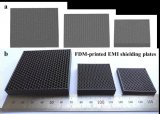
3D打印技术,推动手板打样从概念到成品的高效转化
有源晶振在3D打印机应用方案
DMD芯片在3D打印中的创新应用
3D打印技术应用的未来
维爱普3D打印设备工字电感磁芯:驱动创新与高效的科技核心
3D打印汽车零部件建模设计3D打印服务
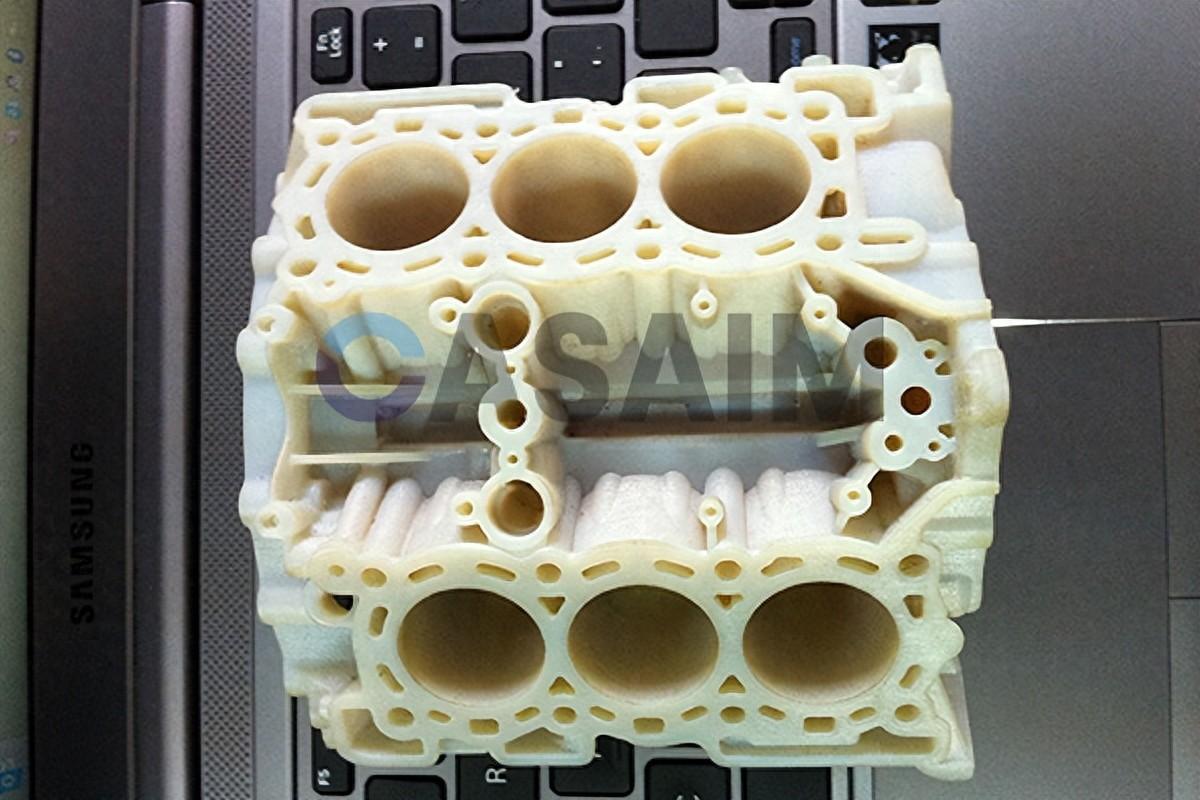





 为什么专利壁垒不会扼杀3D打印创新
为什么专利壁垒不会扼杀3D打印创新

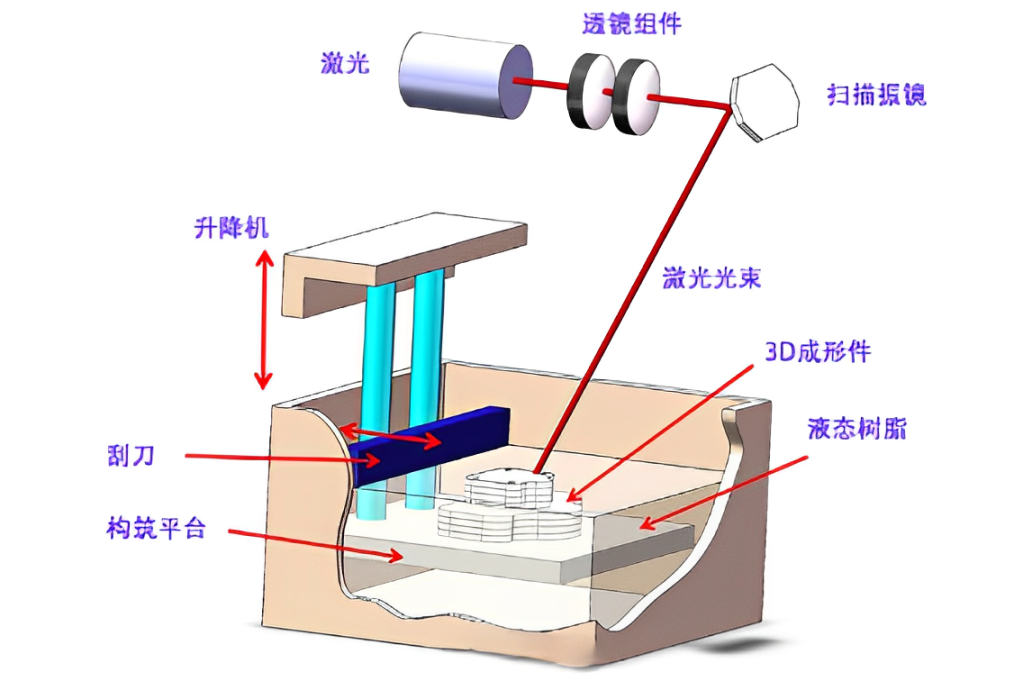
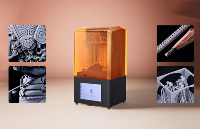
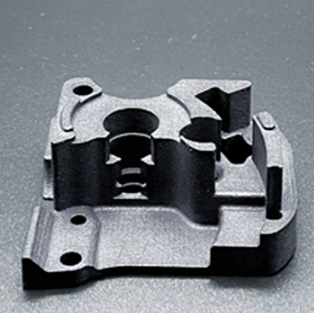
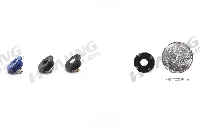










评论